We’re big fans of a big spring clean here at the GHI and have tips to help you with everything from storing your winter clothes to cleaning your windows to let in the beautiful sunshine.
“Tidying and deep cleaning your home may feel like extra chores, but you’ll end up feeling infinitely more organized and ready for spring,” says Ian Palmer-Smith, Director of Service at Domestic & General.
One thing that’s often overlooked is giving some TLC to the devices that keep your home running year-round. Cleaning your cleaners yourself makes them more efficient and lasts longer.
From defrosting your freezer to finally disposing of that broken vacuum cleaner, we’ve put together this guide to help you spring clean your home appliances.
Is it time to declutter your old devices?
An old appliance taking up space in your closet or utility room? Now is a good time to either get it working again or get it out of the way!
When you repair your old device instead of buying a new one, you not only save money, you also save the planet. Manufacturing household appliances requires energy and resources. So the more you can get out of your machine, the better.
The Repair Café is a movement that helps people fix their broken items. They have so far set up over 250 centers across the UK where you can bring your device in and have it repaired for free with the help of experienced volunteers. However, you must be able to carry the item to the Repair Café yourself, so this is more suitable for repairing items such as kettles and vacuum cleaners than washing machines and tumble dryers.
You should only attempt to repair a device yourself if you feel comfortable doing so. To find a reputable trader, go to Checkatrade.
If your device really has reached the end of the road, save it from the landfill by using Recycle Your Electricals’ Locator Tool to find out where you can recycle it. Simply enter your zip code and select what type of device it is to find your nearest recycling point.
SolStock//Getty Images
1. Oven
Cleaning the oven is a chore that many people detest, but it’s essential for keeping dirt at bay!
Take out the shelves and soak them in a sink filled with water and 250g of dissolved soda crystals. Scrub away baked-on food with a balled up piece of aluminum foil. If you do need to use a specialist oven cleaner we recommend Oven Pride – follow the directions and make sure the room is well ventilated.
2. Washing machine
It is recommended that you clean your washing machine about once a month. This is especially important if you have used Eco or Cold programs as this can allow bacteria and mold to build up in your machine.
“It may sound obvious, but for your clothes to feel and smell fresh, your washing machine itself has to be clean,” says Ian Palmer-Smith. It can also help your washing machine work more efficiently and for longer.
For a deep clean, do a hot wash (over 60ºC) without any laundry or detergent. Take out the drawer and clean it in hot soapy water. Pay particular attention to the fabric softener area. Let it air dry before putting it back into the machine.
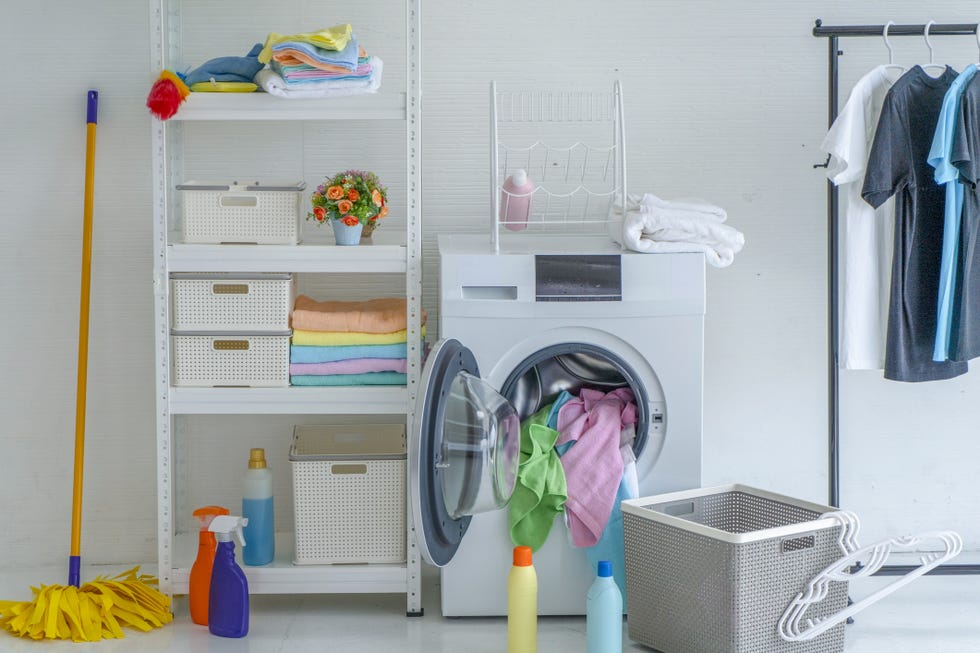
bonchai wedmakawand//Getty Images
3. Dishwasher
While owning a dishwasher saves a lot of time, especially after cooking a large meal, it is one of the most expensive appliances to run. Cleaning your dishwasher helps keep it running efficiently so you can get the most out of every cycle.
You can do this by placing a large glass jug containing 500ml of distilled white vinegar on the top rack and running your dishwasher through a full cycle with no dishes or detergent.
You can usually remove your machine’s spray arms, but always read the manual before attempting this. Use a cocktail stick or probing wire to clear each hole of debris. Using an old toothbrush, scrub away any buildup on the filters and around the door seal.
4. Freezer
As the weather warms up, you’ll probably want to make room in your freezer for sweet treats like lollipops and ice trays for your refreshing cold drinks. Your freezer will run more efficiently when it’s full, but don’t overload it as this can prevent air circulation. The optimum temperature for your freezer is -18°C, according to the Food Standards Agency.
If you’re unsure how long food should be kept in the freezer, check out this handy infographic:
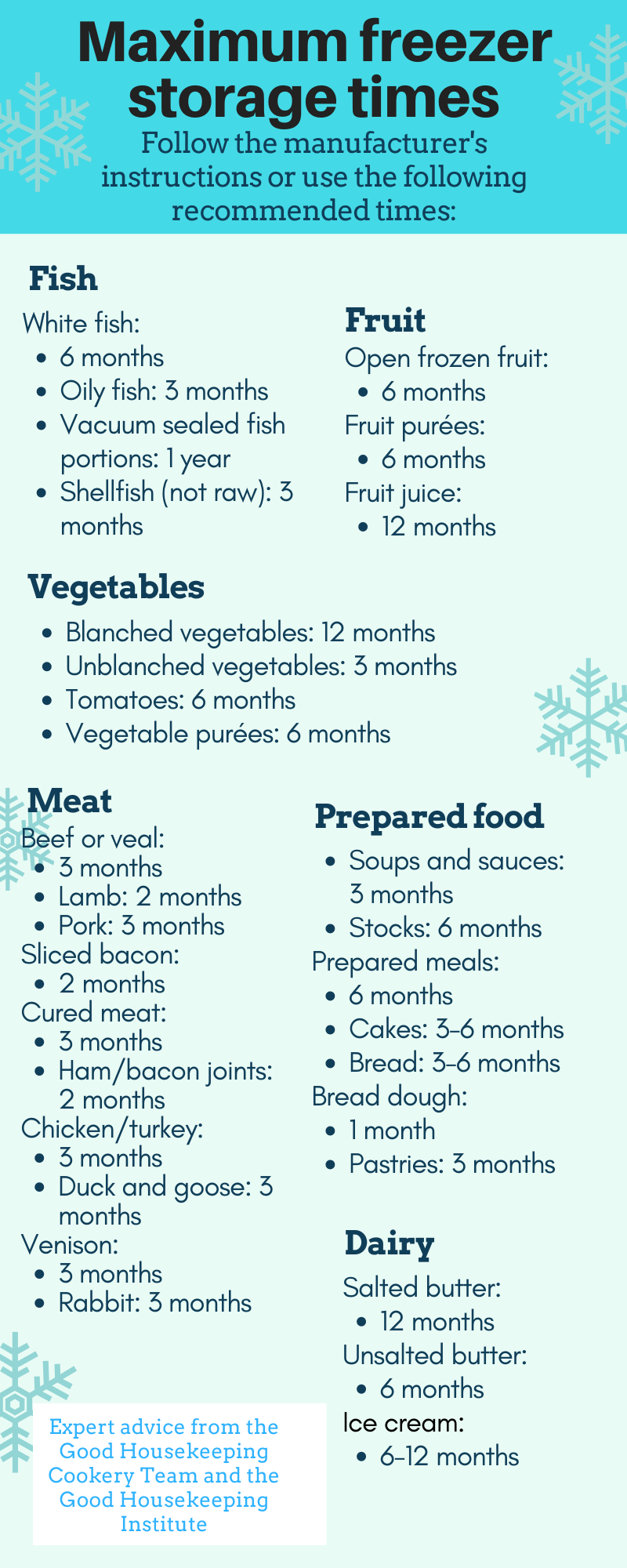
Dear Loh
If ice is building up in your freezer it may be time to defrost it as this takes up space and prevents it from working effectively. Remove contents and store in a cool bag. Lay towels around the bottom of the freezer and place baking sheets to catch the water, then turn off the freezer, unplug and leave the door open until the solid ice melts away.
Remove the freezer shelves and clean them with a mixture of Bicarb and water (15ml/1 tbsp to 1 liter/1 3/4 pints of water) applied to a clean cloth. Dry thoroughly. For stubborn stains, use distilled white vinegar or an antibacterial spray.
5. Fridge
A clean, organized fridge helps you maintain food hygiene and reduce waste. This is a job that needs to be done approximately every 3-6 months.
Empty the groceries from the fridge and place meat and dairy products in a cooler bag. Take out the crisper shelves and drawers and clean them in the sink with soap and hot water. Wipe down the inside and outside of the refrigerator with Milton Sterilizing Fluid and cold water. Dry thoroughly with a clean tea towel.
Replace the shelves and salad drawers. If you have a fridge thermometer, wait until the temperature in the fridge has dropped to 5°C or below before placing the food in it.
Make sure you don’t overload your fridge when filling it up, as this can prevent air circulation. Check out our guide to what not to keep in the fridge.
6. Vacuum cleaner
If you feel like you’re just pushing dirt around while vacuuming, it might be time to replace the bag. Look for the indicator light, or open it if your machine doesn’t have one, to see if the bag is full.
For a bagless machine, empty the canister after each use. Most bagless machines have a maximum fill line that indicates how much dust and debris can be held in the canister – check this if your machine’s suction is poor.
To clean your vacuum cleaner’s filter, go out in the garden and tap it against a hard surface. Check the manual to see if it’s washable, and if so, run the filter under lukewarm water and let it air dry for at least 24 hours before putting it back into your machine.
7. Kettle
Don’t let lime spoil your cup of tea! Fill your kettle half full with distilled white vinegar and half water and let it soak overnight – make sure you unplug it and leave a note so your family won’t be in for a nasty surprise. In the morning the lime dissolves easily. Rinse thoroughly, boil fresh water and pour out to make sure the vinegar is gone.
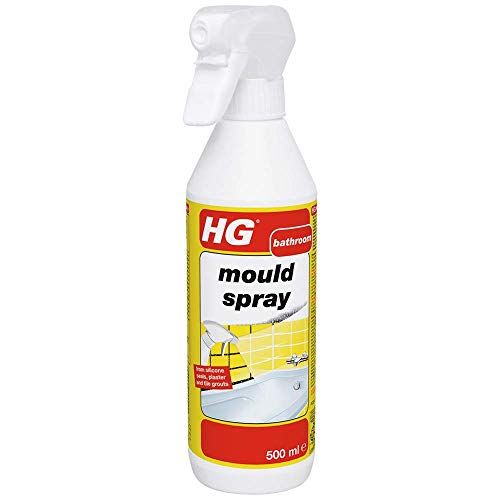
HG mildew spray, 500ml
Now 22% discount
Photo credit: H.G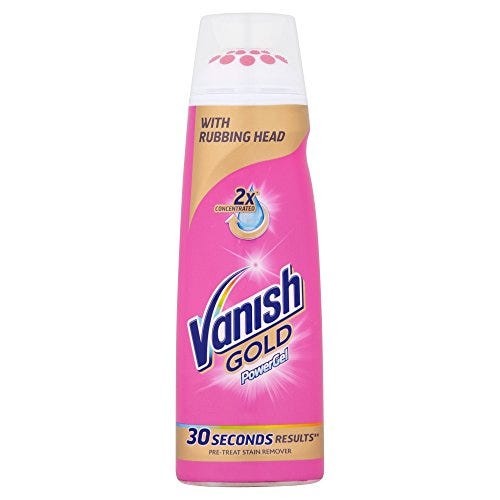
Vanish stain remover for fabrics
Now 14% discount
Photo credit: Disappear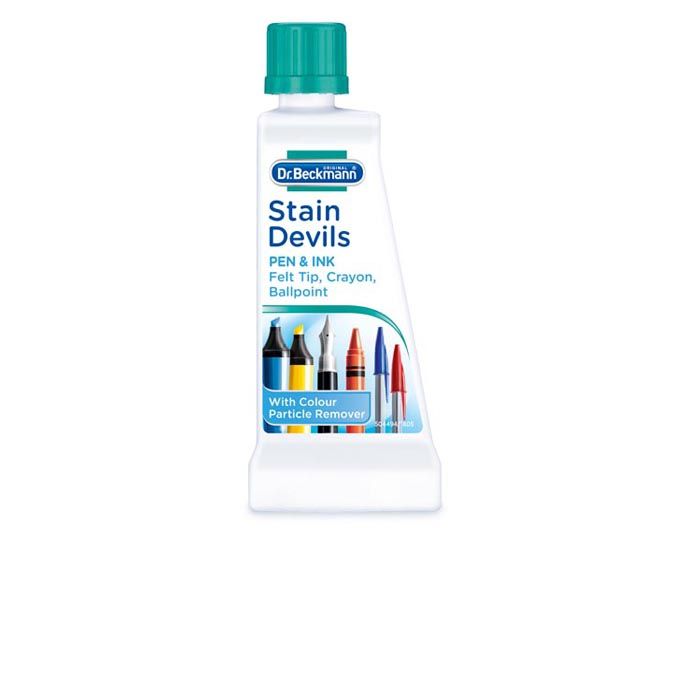
dr Beckmann Stain Devil – pen and ink 50ml
Photo credit: Dr. Beckman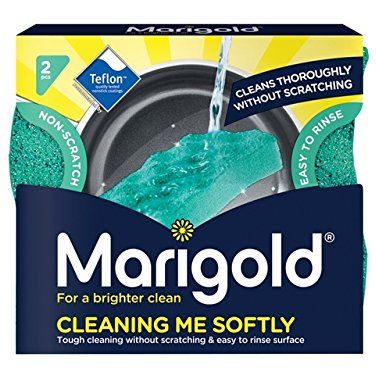
Marigold Cleaning Me Softly Scourer 2-Pack
Now 13% discount
Photo credit: Marigold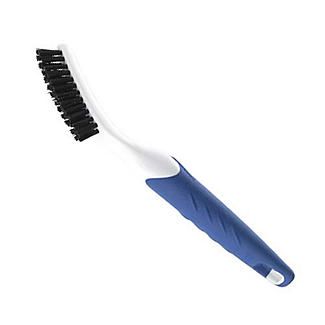
Lakeland Lakeland Home Tile & Grout Brush
Photo credit: Lakelands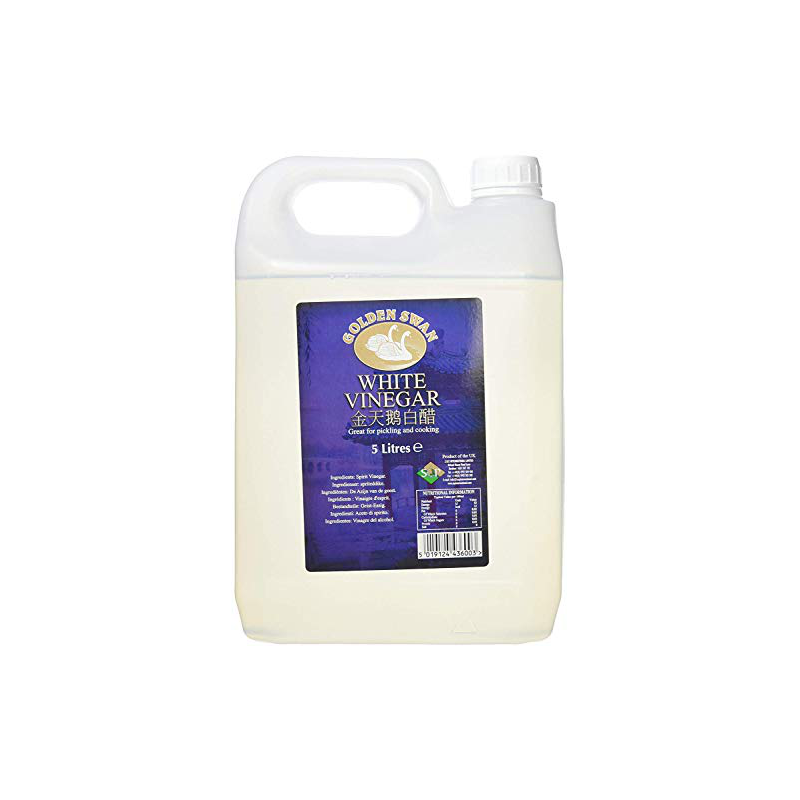
Golden Swan White Vinegar, 5 litres
Photo credit: Golden Swan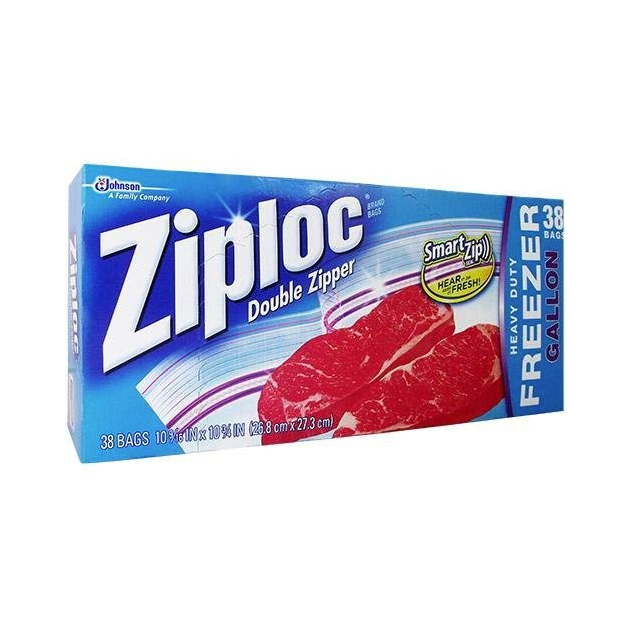
Ziploc Heavy Duty Freezer Bags Pack of 38
Now 14% discount
Photo credit: Ziploc
WoldoHealth baking soda for cleaning
Photo credit: Woldo Health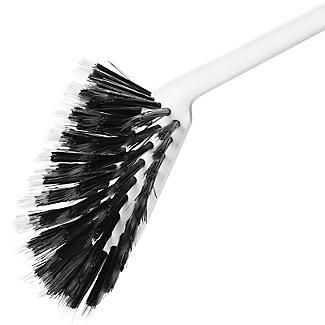
Lakeland Inspire Super Soft Dish Brush
Now 38% discount
Photo credit: Lakelands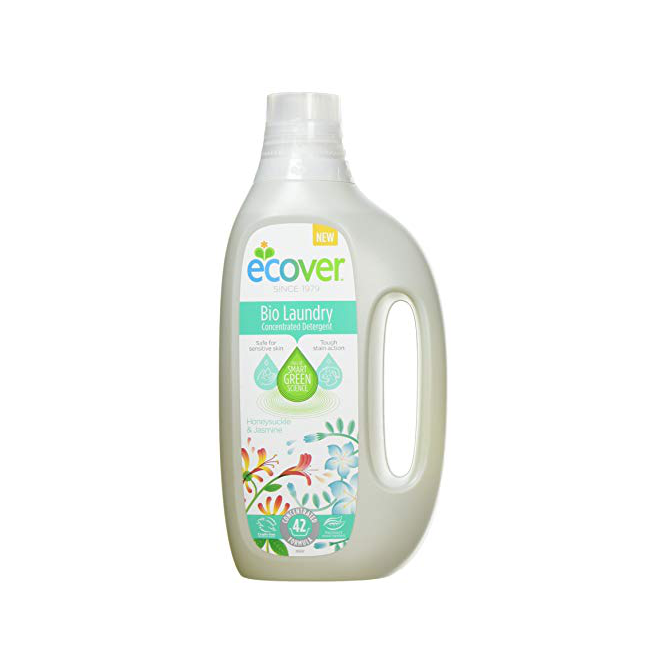
Ecover organic detergent
Photo credit: Ecover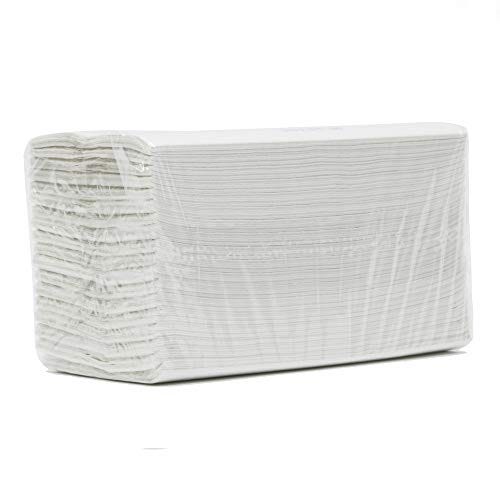
IDEAL 365 White paper towels
Credit: Amazon
www.goodhousekeeping.com
https://www.goodhousekeeping.com/uk/house-and-home/household-advice/a43560608/spring-clean-appliances/













